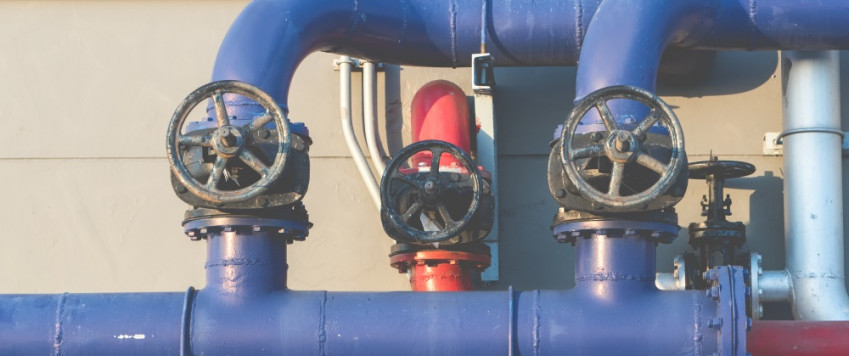Repeating last year's performance – a challenge already

Overall annual growth (4.5% and 5.0% in non-adjusted and adjusted terms respectively) was supported by both the improvement of external demand as well as the recovery of investment activity. Unlike in 2016, the contribution of investment* to the growth of GDP not only became positive in 2017, but even approached the contribution of private consumption, an important driver of the previous year retaining it's significance also in 2017.
Looking at the investment activity, it has to be noted that a wide range of investment projects drawing funding from various sources were started and continued last year. In other words, the impressive growth of investment in 2017 could not be explained by the recovery of the new EU funds programming period funding flows from the low base of 2016 alone. Last year, investment in non-residential construction projects like civil engineering works, warehouses and trade buildings increased significantly. Investment in transport equipment was another major contributor. Inflows of investment into machinery and equipment, however, remained weak. Much stronger inflows are needed to ensure higher productivity and maintain competitiveness.
Although inflation did dampen the strengthening of the real purchasing power slightly in 2017 (i.e. the growth of the real net income somewhat decelerated in comparison with 2016, despite higher rates reported for wages and salaries), private consumption remained strong and continued to be a significant driver of GDP growth. It has to be noted, however, that there was a downside to the growing wages, too. Namely, the issue of cost competitiveness remained in the spotlight and is still there this year due to the raising of the minimum wages. Some businesses could find it challenging to preserve their competitiveness if they fail to compensate the rising costs of the minimum wages by increasing their productivity. Moreover, the proportion of businesses considering shortage of labour as one of the growth-restricting factors also tends to increase along with accelerating economic growth. This could make the sustaining of cost competitiveness difficult also in 2018.
Despite the negative trends in cost competitiveness indicators (e.g. labour-cost deflated real exchange rate), Latvia's businesses have even managed to boost the share of Latvia's exports of goods in the global market, according to the World Trade Organisation data. The rising exports of goods and services have also supported imports (e.g. intermediate goods) to some extent. Nevertheless, the overall growth of imports, substantially higher than that of exports, in 2017 was to a considerable extent driven also by the above-mentioned recovery of investment activity.
Looking by sector, construction was an important positive contributor in the fourth quarter. The recovery of external demand helped to support the development of manufacturing and probably also improved the performance of the wholesale sector.
Despite the shrinking freight turnover carried via ports and by rail, the contribution of the transport sector to GDP growth also remained positive and significant. This was supported by higher volumes of passenger transportation and also freight transportation by road.
The developments across various services sectors, however, have been diverse. Professional, scientific and technical activities sector has shown strong growth, while the real estate sector experienced a slowdown in the last quarter of the year. The value added in financial services has been decreasing throughout 2017, with the rate of decline accelerating further in the fourth quarter. This was a result of the shrinking income from commissions and fees, profit from trading in financial instruments, deposit and lending rates against the background of rising costs in the sector.
Economic growth can be expected to remain solid in 2018 and could climb slightly over 4%. Many major investment projects that were launched in 2017 will continue this year; nevertheless, as the previous rise of investment happened from a relatively low base, this year it is likely to be less substantial.
Robustly growing wages and salaries will continue to support consumption. Global economic growth forecasts for 2018 also give reason to anticipate that external demand will remain relatively strong. Nevertheless, businesses could find it more challenging to sustain their competitiveness, given the low investment in machinery and equipment made in the previous years and limiting the potential for boosting productivity. The effort of sustaining high investment growth and competitiveness is already turning the growth performance of 2017 into a medium-term challenge.
* gross fixed capital formation
Textual error
«… …»


